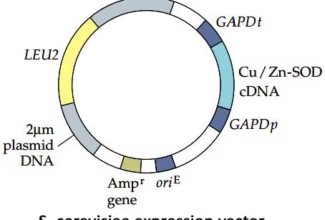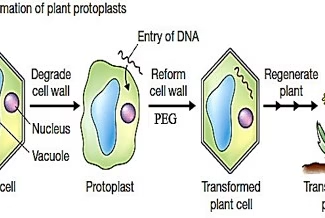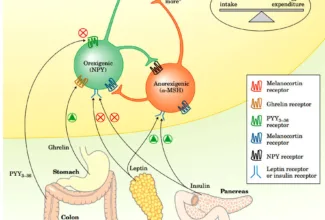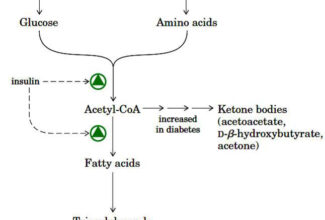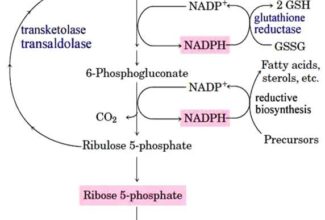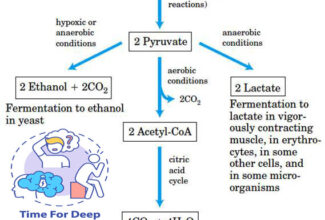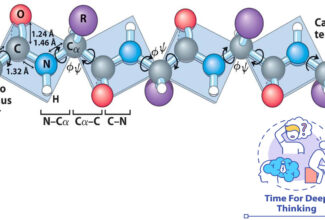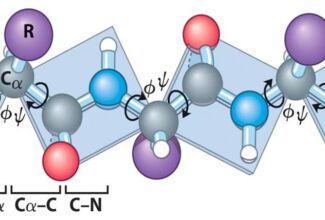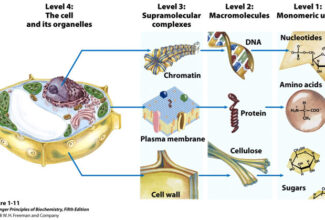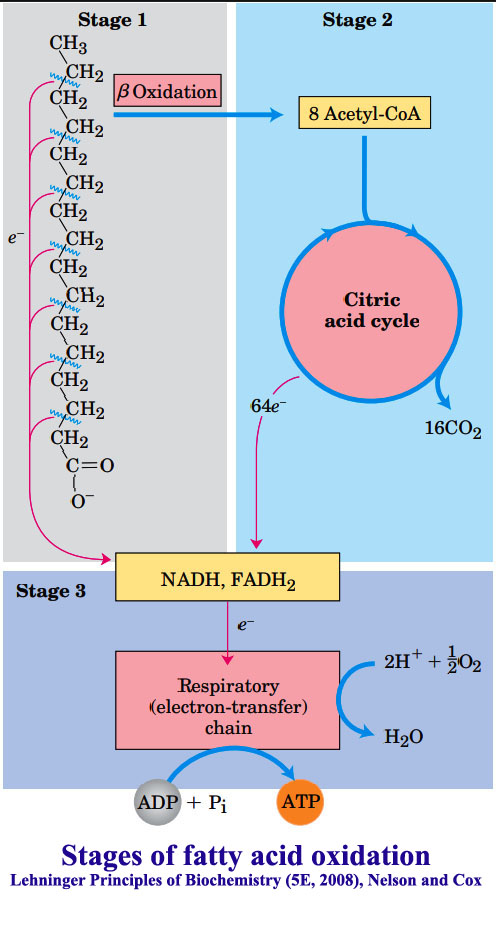
Fat breakdown: Hydrolysis of dietary triacylglycerol, Fatty acid breakdown, Role of carnitine, ß-oxidation of fatty acids, Oxidation of unsaturated fatty acids, Oxidation of odd numbered fatty acids, Fate of propionate, Regulation of fatty acid metabolism, β-oxidation in Peroxisome, α-and ω- oxidation of fatty acids
Fat breakdown
- Triacylglycerol (TAGs) are highly concentrated stores of metabolic energy because of their reduced and anhydrous nature.
Why fatty acid oxidation yield more than double the amount of energy than that produced by the complete oxidation of carbohydrates and proteins ?
- The yield from the complete oxidation of fatty acids is about 9 kcal g-1 (38 kJ g-1), in contrast with about 4 kcal g-1 (17 kJ g-1) for carbohydrates and proteins.
- The basis of this large difference in caloric yield is that the TAG are much more reduced, existed in anhydrous state due to their nonpolar nature.
- Carbohydrates and proteins are less reduced and polar in nature therefore are highly hydrated. In fact, 1 g of dry glycogen binds about 2 g of water.
- A gram of nearly anhydrous fat stores more than six times as much energy as a gram of hydrated glycogen, which is likely the reason that TAGs rather than glycogen were selected in evolution as the major energy reservoir.
- TAG constitute about 11 kg of total body weight (70 kg) of a person.
- The glycogen and glucose stores provide enough energy to sustain biological function for about 24 hours, whereas the TAG stores allow survival for several weeks.
- In mammals, the major site of storage of TAG is the cytoplasm of adipose cells (fat cells). Droplets of TAG coalesce to form a large globule, which may occupy most of the cell volume.
- Adipose cells are specialized for the synthesis and storage of TAGs.
- TAGs mobilization from adipose tissues as fuel molecule required hormonal signals (glucagon and epinephrine). TAGs are transported to other tissues by the lymphatic system and blood







